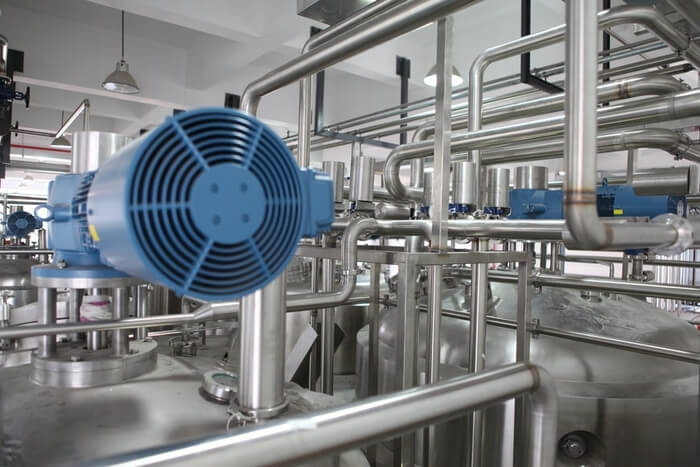Operation and Maintenance Manual: Definition, Benefits, Creation
 ClickHelp Teamin Technical Writing on 1/19/2022 — 6 minute read
ClickHelp Teamin Technical Writing on 1/19/2022 — 6 minute read ClickHelp Teamin Technical Writing on 1/19/2022 — 6 minute read
ClickHelp Teamin Technical Writing on 1/19/2022 — 6 minute read

How to regulate the work of a large company? Let’s say a factory? Technical writers surely know the right answer: with the help of technical documentation. To be more specific, an operation and maintenance manual is the right thing for a factory. In small companies, one doesn’t need so much time and effort to make things run correctly and everyone to work in compliance with standards. But this is not the case with businesses where thousands of employees are not even acquainted with each other. They need a unified source of information to perform their tasks equally efficiently. Let’s learn more about this type of documentation.
An operation and maintenance manual, also known as an O&M manual, is a comprehensive and detailed document that provides maintenance employees with information on how to check, repair, and upkeep machinery and equipment.
The main aim of an operation and maintenance manual is to standardize technical processes in a company to improve their quality.
Apart from that, it contains best practices and safety guidelines. Not only maintenance employees and technicians rely on this document but also managers, executives, and external contractors.
If you still overlook the importance of creating operation and maintenance manuals, let’s figure out how exactly they can improve the performance of your company:

There are several ways of storing information: in one huge manual or in several separate manuals. It is a common practice for large companies to create different types of operation and maintenance manuals. These are different subsystems. Let’s say different teams are not always supposed to be involved in each other’s workflow. That’s why one can say that there can be different types of O&M manuals depending on the type of work or activity, functions, and audience:
The main purpose of this division is to provide an employee with information in a particular sphere and for a particular situation.
Of course, O&M manuals can be quite diverse (machinery, construction, software, etc.) and their content can be different, but here are the things that you will most probably find in one of them:
It takes time and effort to create an operation and maintenance manual. It is not just gathering all the information into one document. It is highly important to make your manual clear, easy to understand, and helpful. So, let’s figure out how to achieve this.
Today, one can surely find a huge list of diverse technical writing tools. Each of them has its own advantages and disadvantages and is aimed at solving particular problems. Keep in mind that you should choose a tool that will suit your individual writing process and meet your unique needs.
The ClickHelp Team, more than anyone else, knows the pains that technical writers face daily. That’s why we recommend you pay attention to the following things:
These are just a few benefits that you can get using a suitable tool. That’s why it is a big issue to make the right choice.
Building an efficient and enjoyable piece of technical documentation is a challenging task. It cannot be done on the spot. One needs to think about what should be included in a document, why this information is vital, which format should be used, which layout is the best, what should the architecture of the document be like, and many more things. A consistent and well-thought-out plan will show you the existing information gaps and how they can be eliminated.
Surely, a technical writer cannot be aware of every single process that takes place in a company. That’s why it is important to collaborate with various stakeholders to get as much information as possible and create comprehensive documentation. Make sure you get everything right and don’t forget to document the so-called tribal knowledge – the common practice that exists in every team but has never been documented.
When you ask the stakeholders and reviewers to read your drafts, don’t forget about feedback. It is highly important to make sure that everything works exactly the way you’ve described and your manuals are clear, unambiguous, and can be used as a reliable source of information.
We’ve already mentioned the importance of timely updates of technical documentation. The best option here is to create a schedule for updates to keep the documentation current all the time. Of course, it is not that difficult if a manual is not large; but updating O&M manuals for a huge factory is not that easy.

Now you know everything about an operation and maintenance manual and how to write one. Tips enumerated in this post are relevant not only for this type of technical documentation but for any instruction or manual. I hope these guidelines will help you improve your writing techniques and if you need even more tips on writing technical documentation, have a look at this post – Health Checklist for Your Technical Documentation.
Good luck with your technical writing!
ClickHelp Team
Author, host and deliver documentation across platforms and devices
Get monthly digest on technical writing, UX and web design, overviews of useful free resources and much more.
"*" indicates required fields